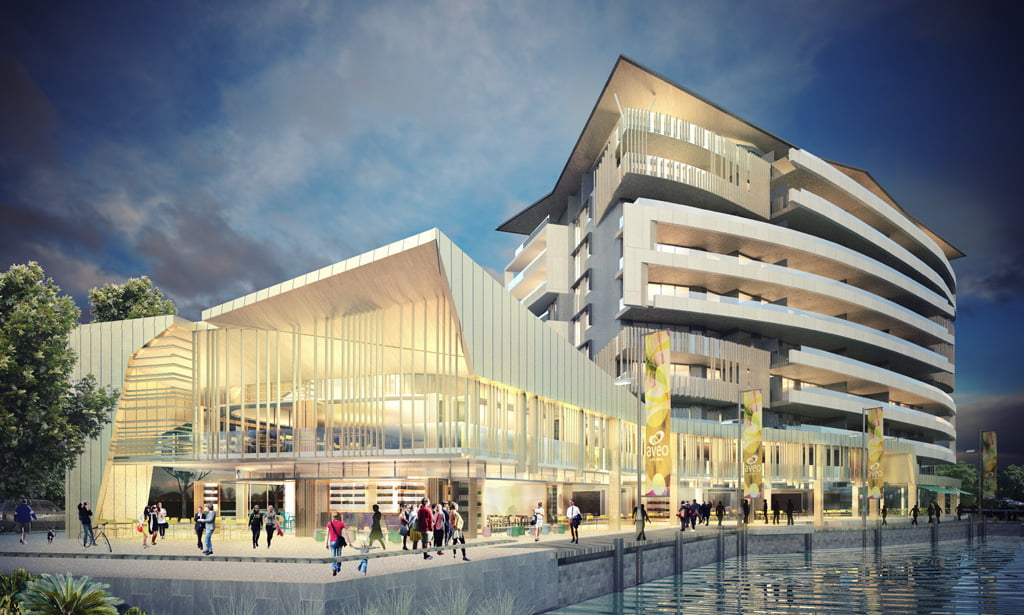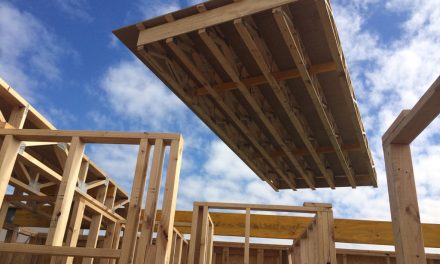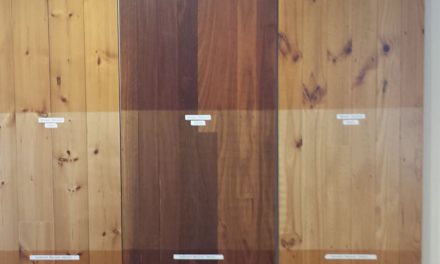Cross laminated timber (CLT) is being described as the building material of the future. It’s as strong and fire-resistant as concrete and steel and, as a prefabricated solution, competes with pre-cast concrete on cost and time involved in construction. Just as importantly, in a world faced with global warming, CLT technology can be sourced from sustainable forestry plantations. Trees sequester greenhouse gases, whereas producing concrete emits carbon.
Building contractor Strongbuild is leading Australian innovation in CLT and has recently begun construction on a 10 storey tower as part of a luxury retirement village at the western end of Sydney’s Norwest Business Park Circa precinct.
The resort style living for seniors will consist of 131 luxury retirement units over two towers, nine of which will be in the first tower of 64 units built in CLT. The $65 million tower is the first of the development’s two main structures scheduled for completion in late 2017, three months sooner than if traditional construction methods – saving on time and associated costs.
Strongbuild has been leading the charge in multi-residential CLT structures for some years and has a number of projects currently underway.
“The vertical retirement village will be Strongbuild’s second CLT project and will represent a benchmark in luxury retirement living in Australia,” says Stringbuild’s managing director, Adam Strong.
Strongbuild’s other CLT projects include The Gardens, which will provide 101 apartments in Campbelltown, and another development providing for 134 residences in Rouse Hill. The total amount of Strongbuild’s combined CLT projects, including the luxury retirement village, is over $100 million to date.
Strong says the prefabricated building material CLT has similar characteristics to concrete and steel yet is 80 per cent lighter than traditional structures. It also offers better thermal performance and requires less energy to heat and cool.
“CLT is engineered and processed in a factory to be precise, making it fast and efficient to construct,” says Strong.
Strongbuild has an exclusive partnership with Austrian company Binderholz to bring its product into the Australasian market. The prefab components are built in Strongbuild’s 8000 square-metre manufacturing facility, an extremely precise, automated panelisation facility in Baulkham Hills, NSW. Keeping the entire design and build process in-house provides control over price, quality and timing, another advantage of prefabrication.
“It also translates into less waste, less on-site construction resources and a safer, quieter, cleaner overall build site,” Strong says.
Strongbuild is partnering with project management firm PDS Group, architects Jackson Teece and engineering firm TTW on the luxury retirement development.
“All the members of the team chosen to drive the project are equally committed to cross laminated timber and together represent the forefront of timber construction in Australia,” Strong says.












